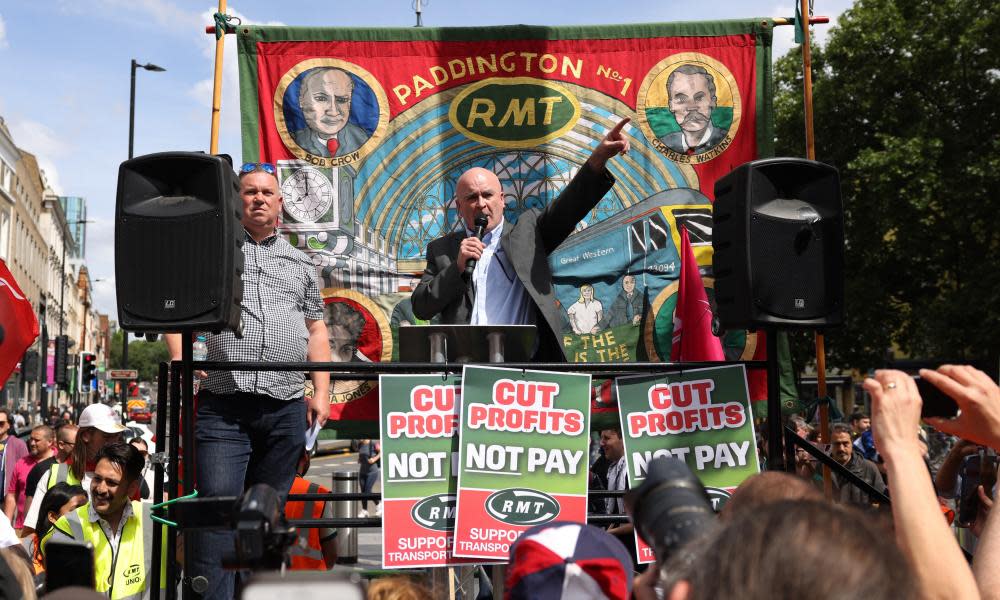Bringing in strike breakers can cost lives, so why not find a less confrontational way?

I thought it was important to share some research on the hot topic of the moment: strikes. But this is more challenging than you might think. Why? Because we haven’t had many in recent years and as a result the research cupboard is a little bare. Only 273,000 working days were lost to labour disputes in 2018, the sixth lowest on record.
Luckily for me, the government has solved the problem by floating the idea of allowing agency staff to be used to break a strike. This gives me a good excuse to dig out a great 2004 study that examined the impact of a major strike at a Firestone tyre plant in Illinois in the mid-1990s. It specifically looks at the strike’s impact on product quality.
The dispute was caused by the firm’s attempt to change shift patterns and cut the pay of new hires by almost a third. The workforce walked out and the employer hired temporary replacement workers, with the dispute not resolved until 1996.
The result? A surge in defective tyres and more than 40 lives lost, which the researchers proved by comparing the rate of defective tyres from this factory compared with others that didn’t see a strike.
I’d just gently note that this may suggest government plans to keep the railways open via a similar approach may not be the political masterstroke some hope.
Note that the quality problems were not driven by replacement workers being rubbish, but by the effects of having disgruntled workers pre-strike and the later challenges of returning strikers and replacement staff working side by side. Staff morale matters. Who knew?
• Torsten Bell is chief executive of the Resolution Foundation. Read more at resolutionfoundation.org

 Yahoo News
Yahoo News 
